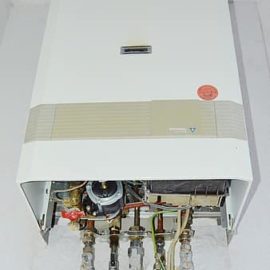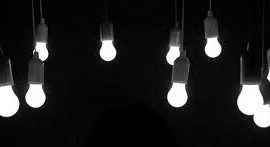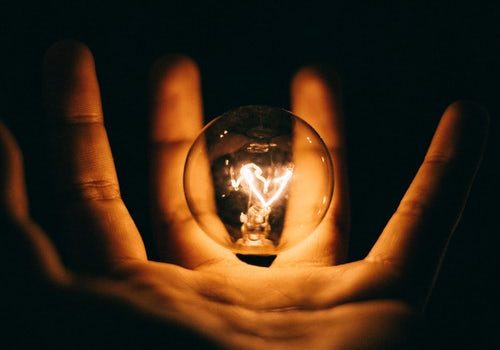
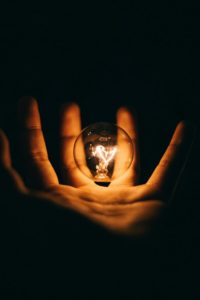
The electrical industry has seen drastic changes over the past few years. With the advent of artificial intelligence, smart manufacturing processes and self-driving cars taking over, our electrical industry is also set to break boundaries and disrupt the normality. The global demand for energy consumption is set to increase by 30% by 2040, but still, nearly 2 billion people won’t have access to reliable energy.
The main issue is that we’re adding more demand for electricity than we’re adding capacity to supply it. From our continual overuse of heating systems, household electrical appliances, air conditioners, and other devices, we are draining out all the energy that we’re left with. So what’s the answer? Build more power plants to produce more energy?
Building a well-equipped modern power plant is a huge investment and no one has the capital to build enough power plants and expand the grid to meet the rising demand for electricity. 75% of the electricity generated in the United States depends on the combustion of fossil fuels. This raises other issues such as air pollution.
Electric Grid
One major contribution for the future can be the modernization of the electric grid. On average, power grids operate at around 80% of their capacity, so they are ready to cover peak demand when those hot summer days roll around. Electric grids are now being tested for renewable sources of energy such as wind and solar. This will surely elevate our resources and we will be able to meet increasing demands as well.
Better Batteries
Scientists are developing better batteries and storage technologies to hold more energy. It has been found that materials such as pure lithium, designer carbon, and silicon can increase the longevity and energy storage capacity of batteries. However, it does remain that the cost of these batteries may be higher and they will still need to function properly.
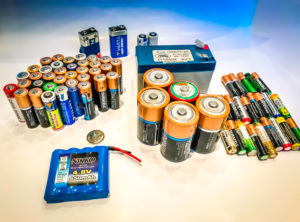
Renewable Energies
Another major step towards a more sustainable energy usage is the use of renewable energy for transportation. With the advent of solar and electrical cars, scientists are now looking for ways of using solar energy to split water into oxygen and clean hydrogen gas to power cars and trucks. More efficient manufacturing of ethanol from metal catalysts rather than crop plants is also being investigated upon.
Software Updates
Electric grids use a mixture of hardware and software systems to function. The electric grid of the future will require an Advanced Distribution Management System (ADMS), made up of real-time, analytical and ancillary applications. This will help manage the increasing challenges of distribution and circuit over-voltage while preventing risks of black-outs.
More In-House
Companies such as Dow Chemical, Midland, and more are now producing solar shingles that can be easily installed by roofers with a nail gun. No need for big solar panels on your roof, these solar shingles go along with your home just fine. These solar shingles generate around 2 KW to 4 KW of power in full sun. Electrical appliances and devices are also being built to consume less energy and be more efficient.
Smart Cars
Apart from solar and electric cars, the vehicle’s system is also being tested on how to store energy. Regenerative braking systems in electric and hybrid vehicles are being used to generate and quickly store electrical energy when brakes are applied, then rapidly release for acceleration. This not only improves fuel efficiency but also helps to extend battery life.
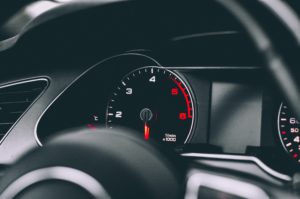
More Efficient Power Charges
Ultracapacitors are being considered to replace the normal batteries in laptops, tablets, smartphones, and electronic toys. We constantly charge our electrical devices that the batteries start to degrade at a certain point in time. Ultracapacitors, on the other hand, can quickly be charged and discharged up to a million times without loss of performance.
Graphene Batteries
The company, Graphenano, came up with graphene batteries that could offer electric cars a driving range of up to 500 miles on a charge. The batteries can be charged to full in just a few minutes and can charge and discharge 33 times faster than lithium ion. The batteries can also be used for drones, bikes, and even the home.
Digitalization
Digitalization includes automation and smart metering. A smart meter will record the consumption of electric energy and communicate the information to the electricity supplier for monitoring and billing. Smart meters usually record hourly or more frequently and report at least daily. This is highly crucial for people who want to know about their energy usage and ways they can save on energy.
The future of the electrical world poses numerous challenges. Electrification, decentralization, and digitalization need to converge to create a smarter and more connected electric system. Far from just electric and solar cars, we should be looking at our power plants, electric grids, batteries and software systems. The aim for the future should be a more efficient, sustainable, and distributed amount of energy for everyone.

